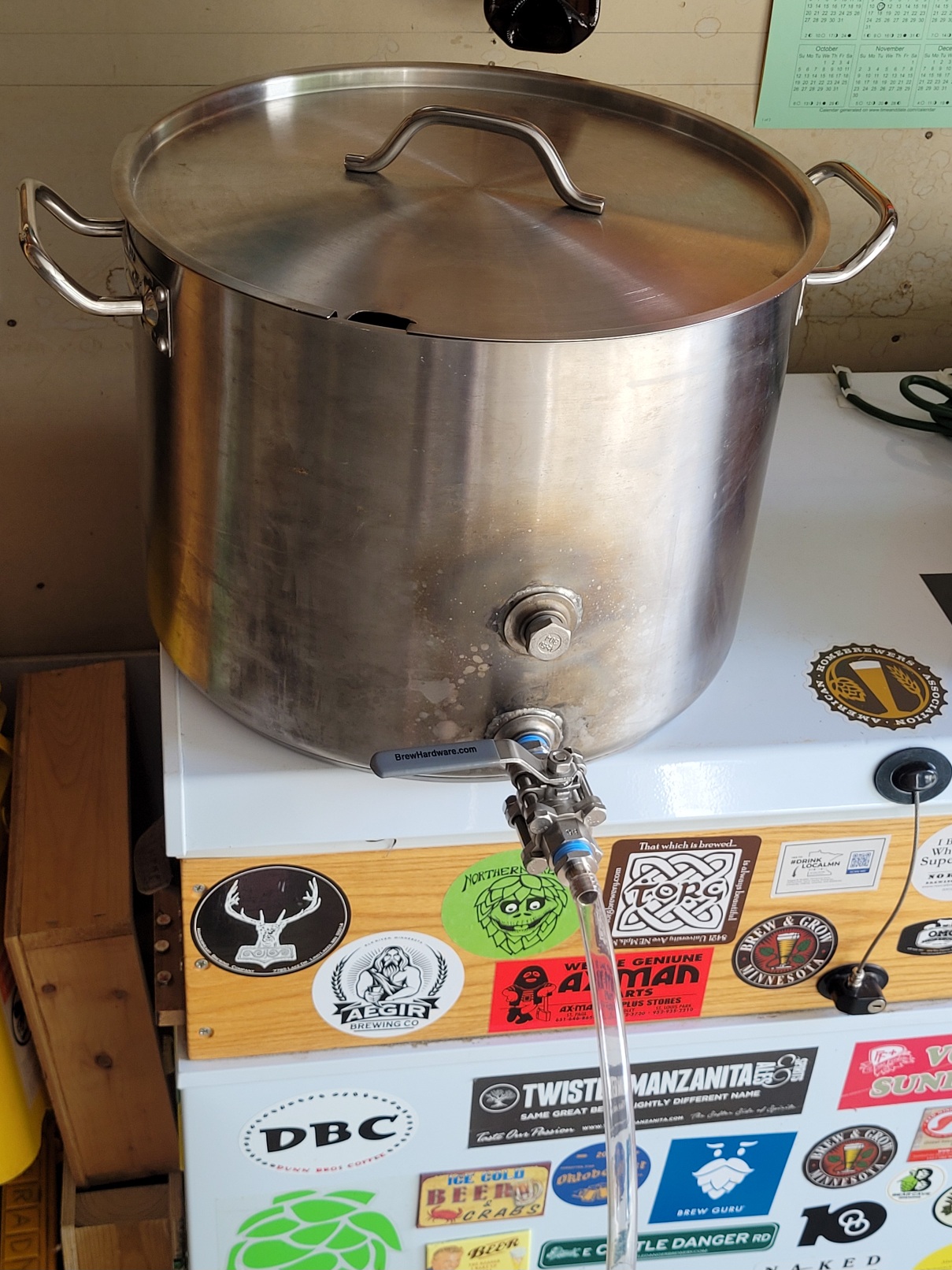I can't remember the last time I poured out a whole batch of beer.
Tonight, after drinking the 5th or 6th bottle of home brew Dunkelweizen, I realized it's undrinkable. I tried to give it a chance, I really did. Smells like wet doggy, tastes like hot dog water. Fermented with Munich Classic, let the temps free-rise up to 70 or so. Otherwise, I did what I've done with countless brews before. Fastidious about sanitation, try to reduce oxidation as much as I can with bottling. Fresh ingredients. Even use the LODO trifecta to scavenge O2.
My last few brews have had the wet dog aroma, but tasted OK. This was the first where I got the meaty flavor too. Dunno what's going on. I've read that the meaty flavor is due to yeast autolysis. Didn't think that was likely at the homebrew scale, but here it is.
Tonight, after drinking the 5th or 6th bottle of home brew Dunkelweizen, I realized it's undrinkable. I tried to give it a chance, I really did. Smells like wet doggy, tastes like hot dog water. Fermented with Munich Classic, let the temps free-rise up to 70 or so. Otherwise, I did what I've done with countless brews before. Fastidious about sanitation, try to reduce oxidation as much as I can with bottling. Fresh ingredients. Even use the LODO trifecta to scavenge O2.
My last few brews have had the wet dog aroma, but tasted OK. This was the first where I got the meaty flavor too. Dunno what's going on. I've read that the meaty flavor is due to yeast autolysis. Didn't think that was likely at the homebrew scale, but here it is.

























































